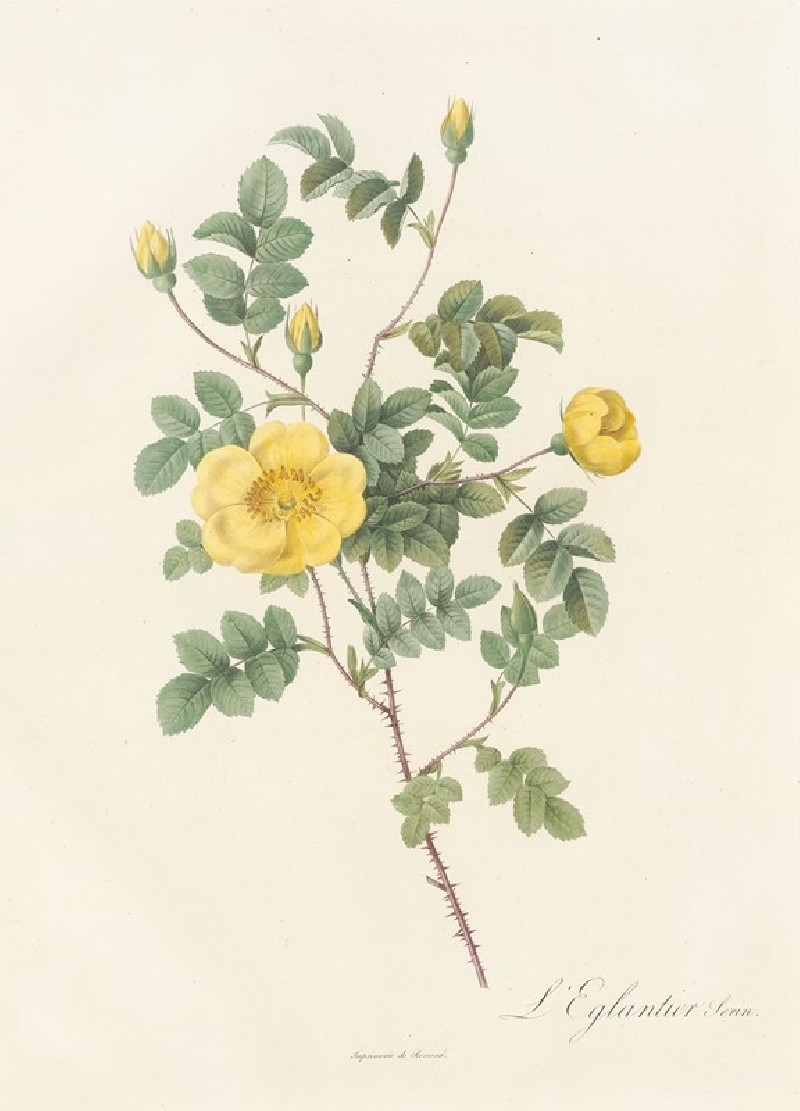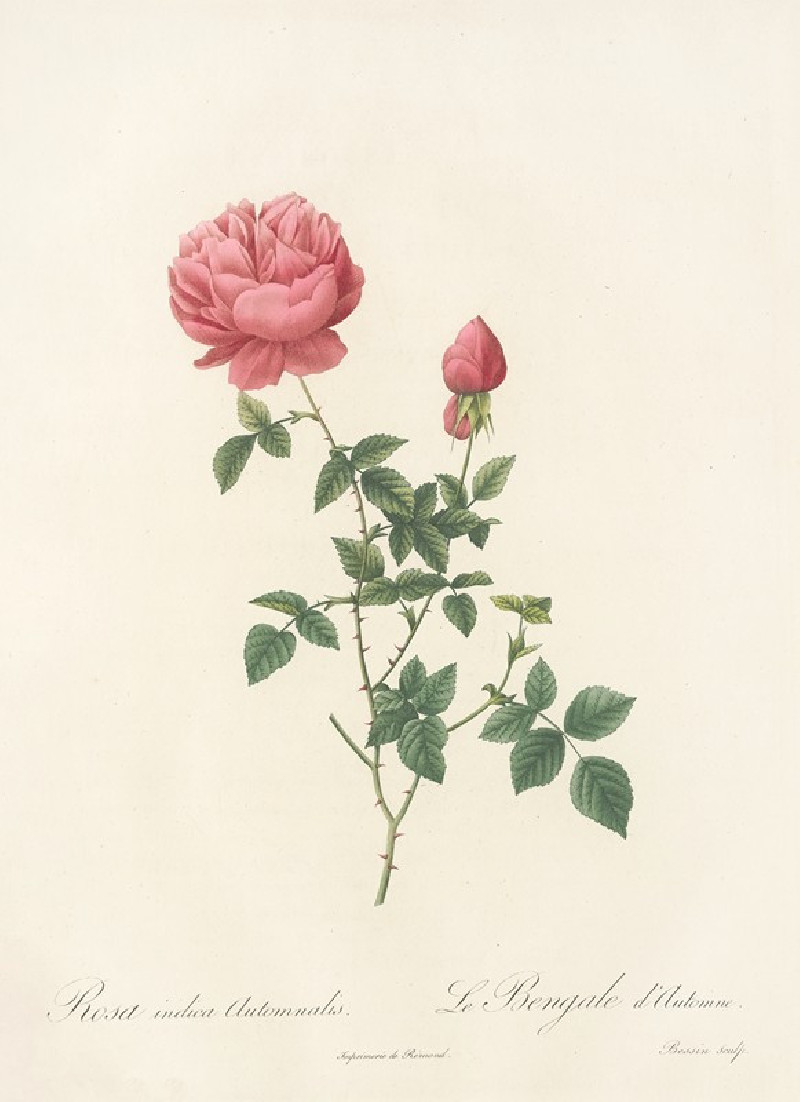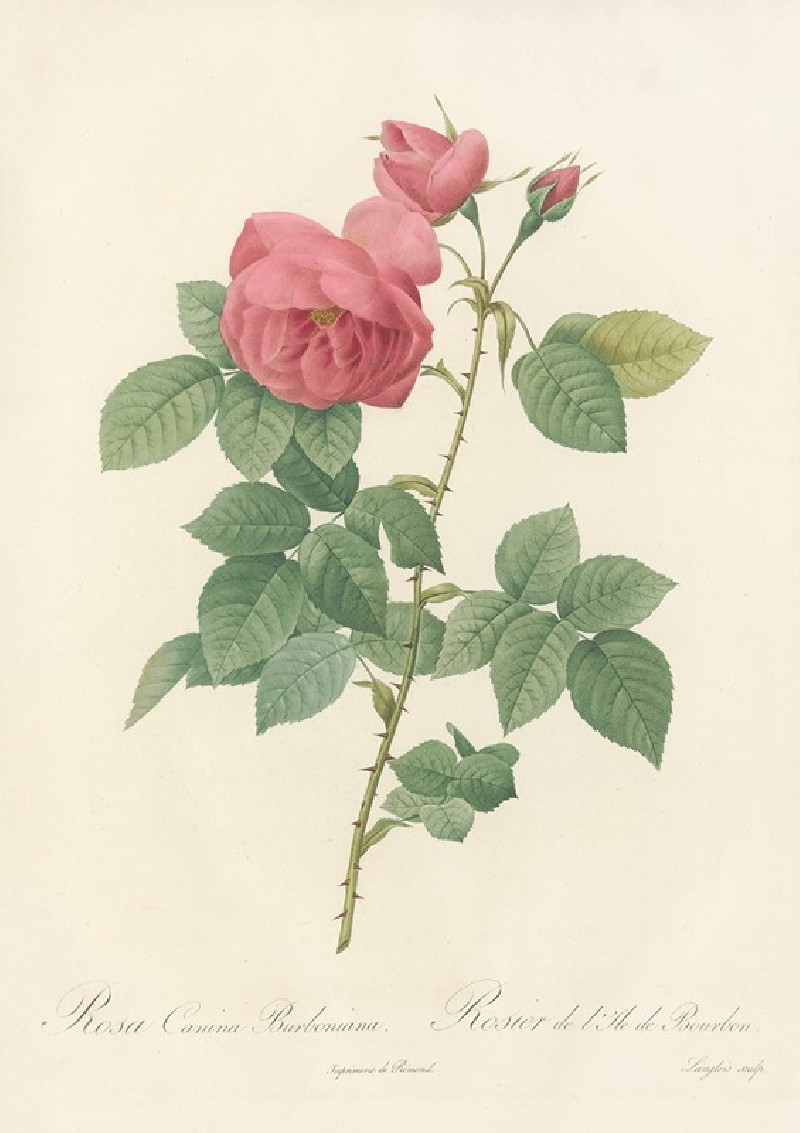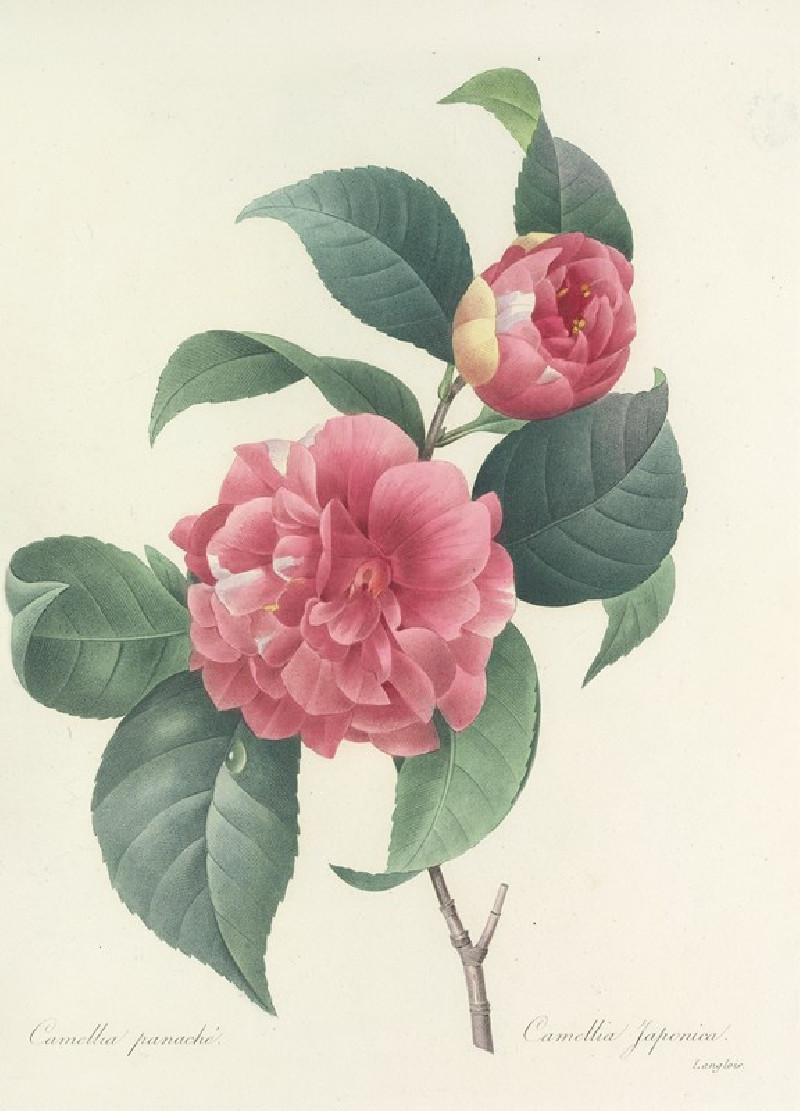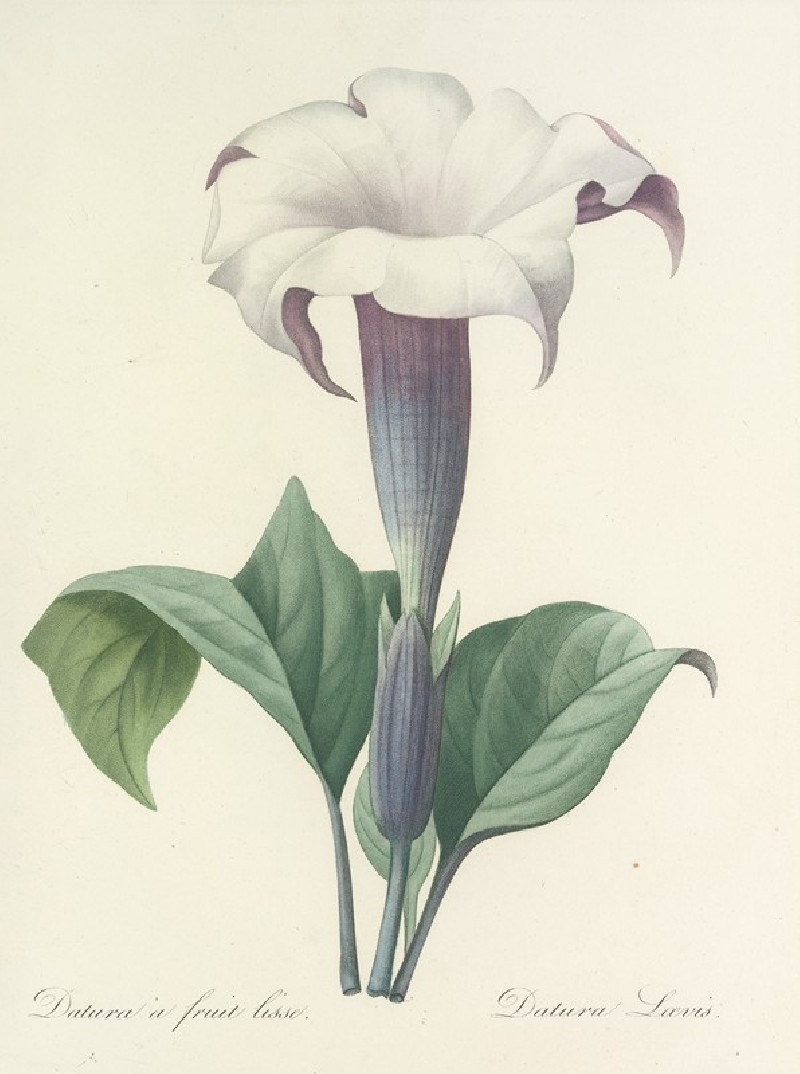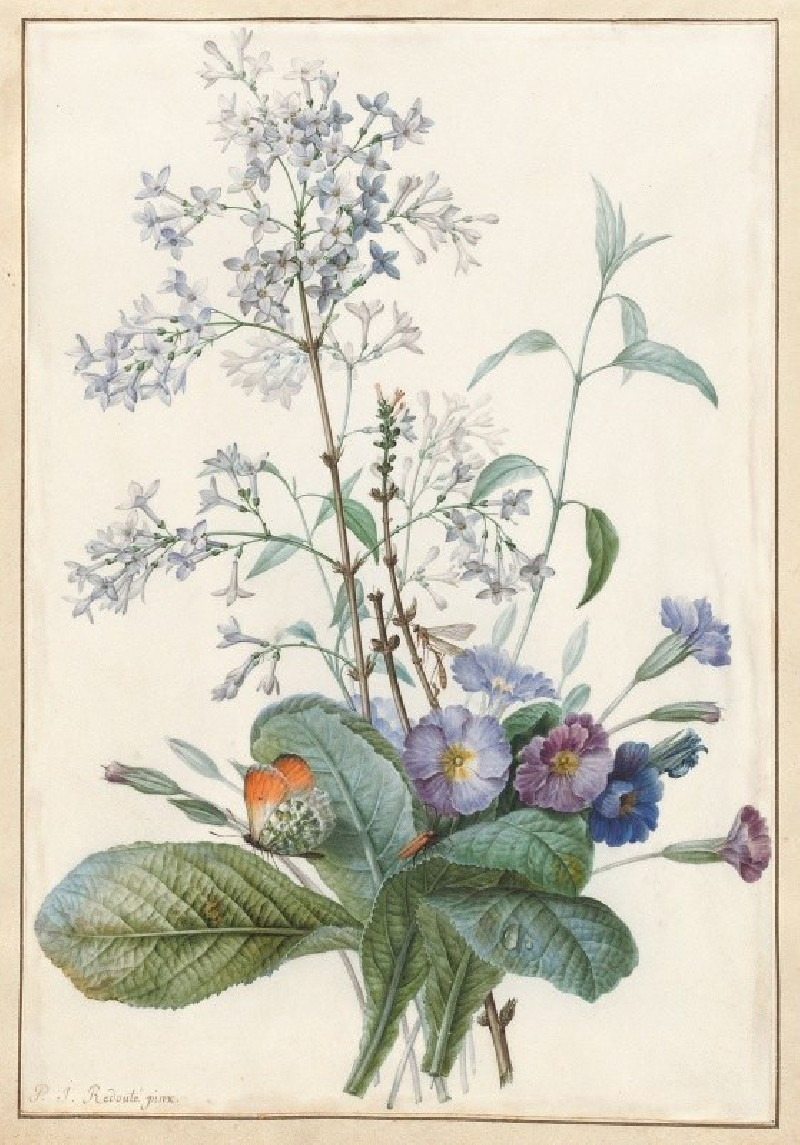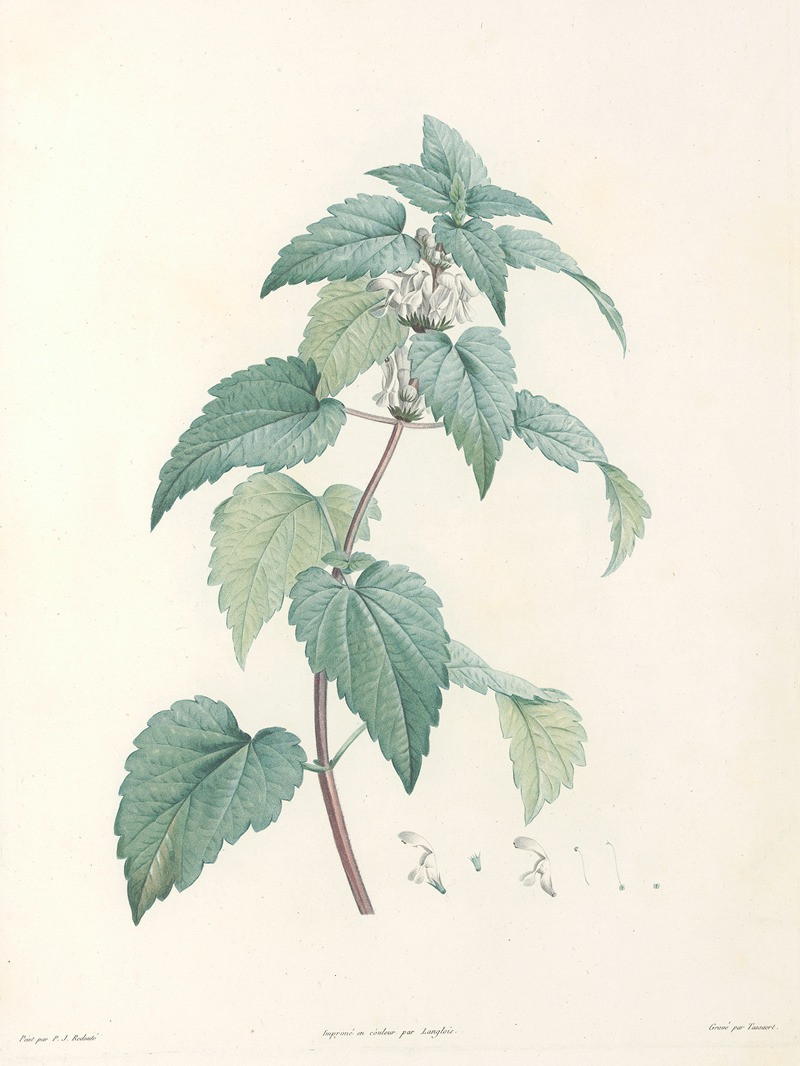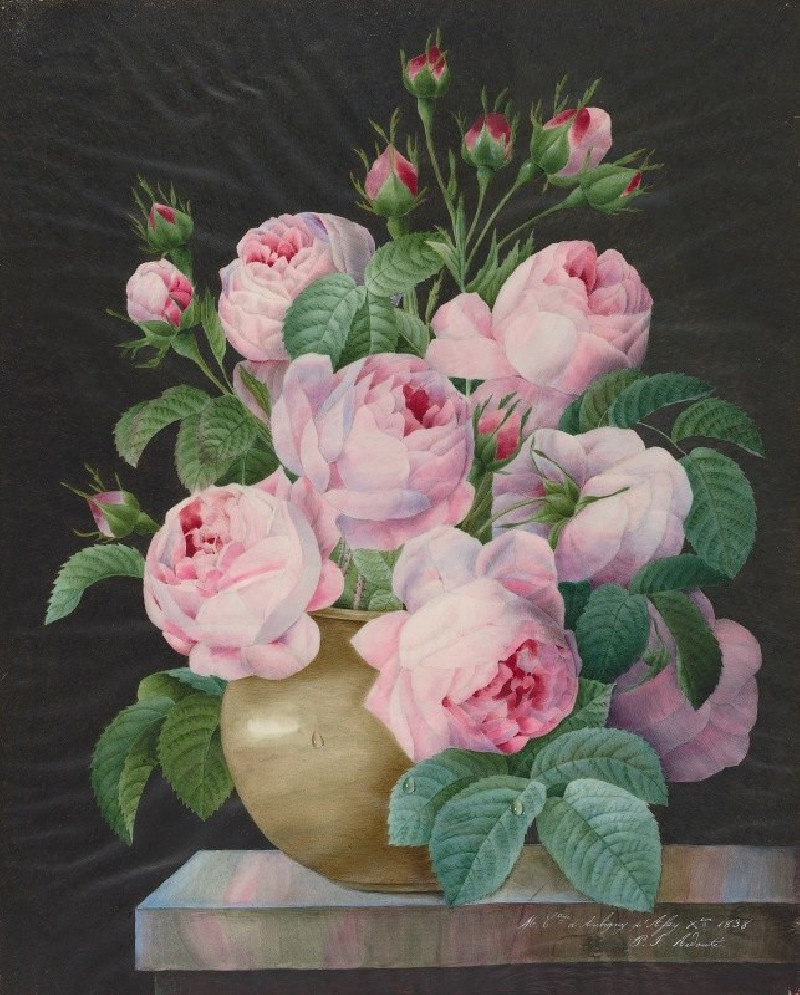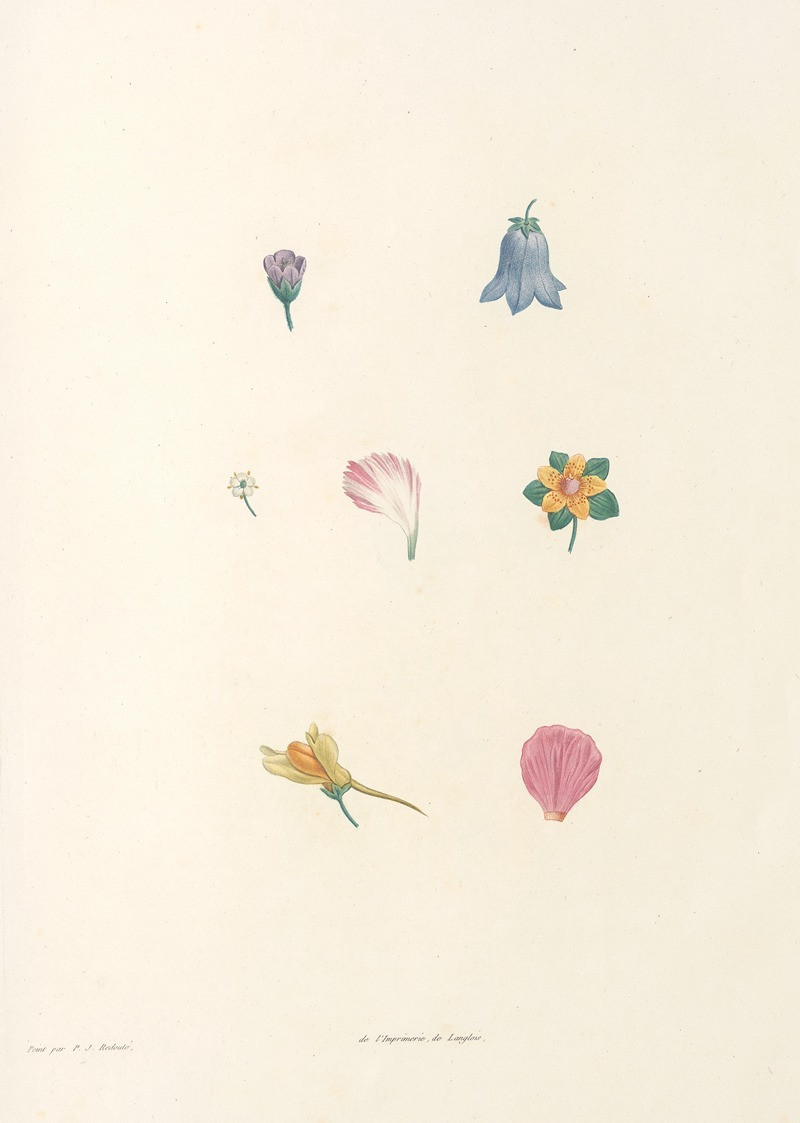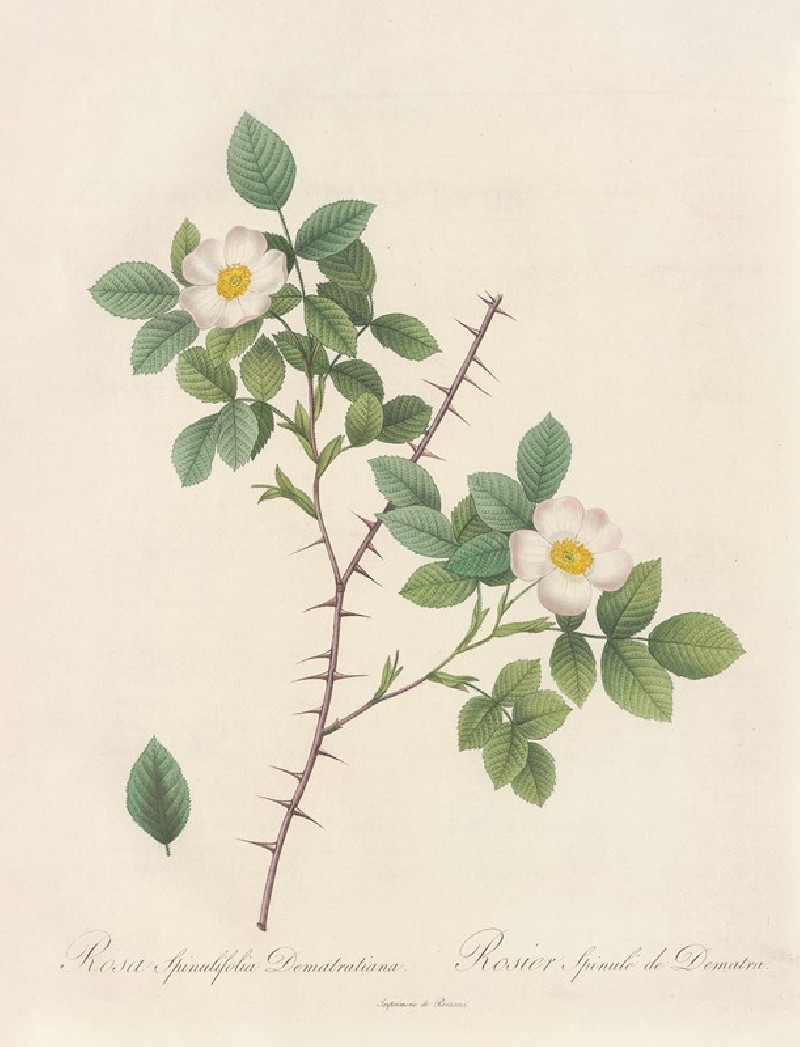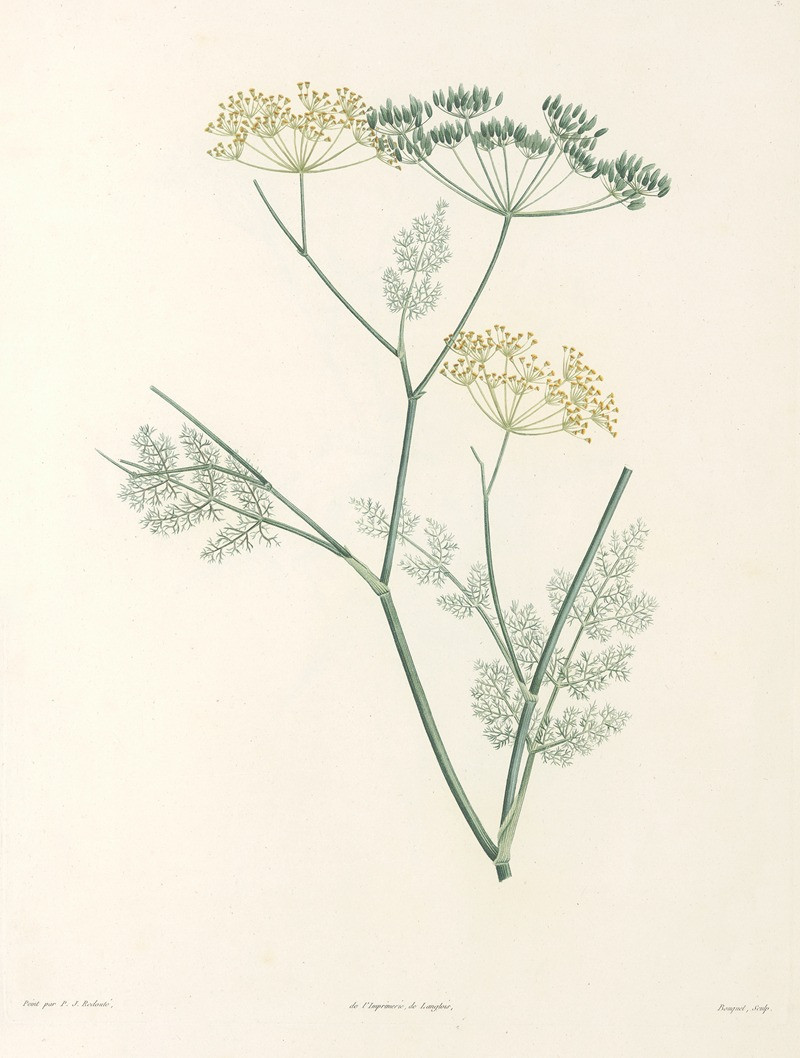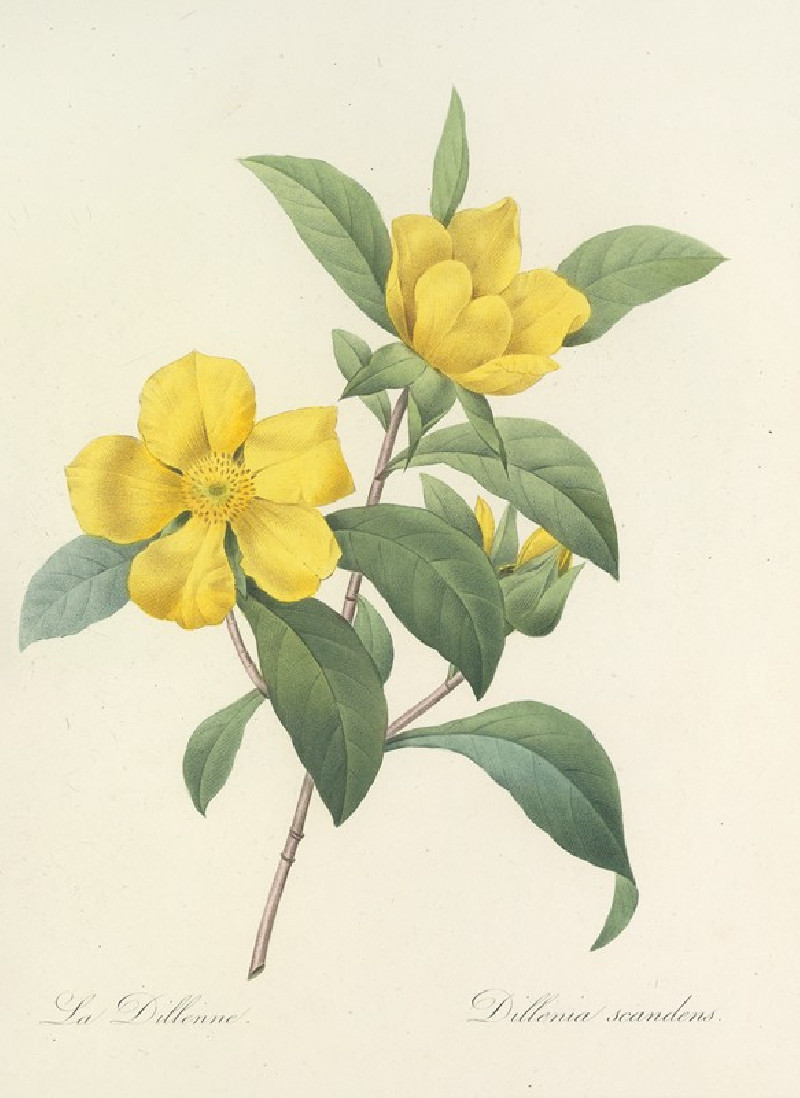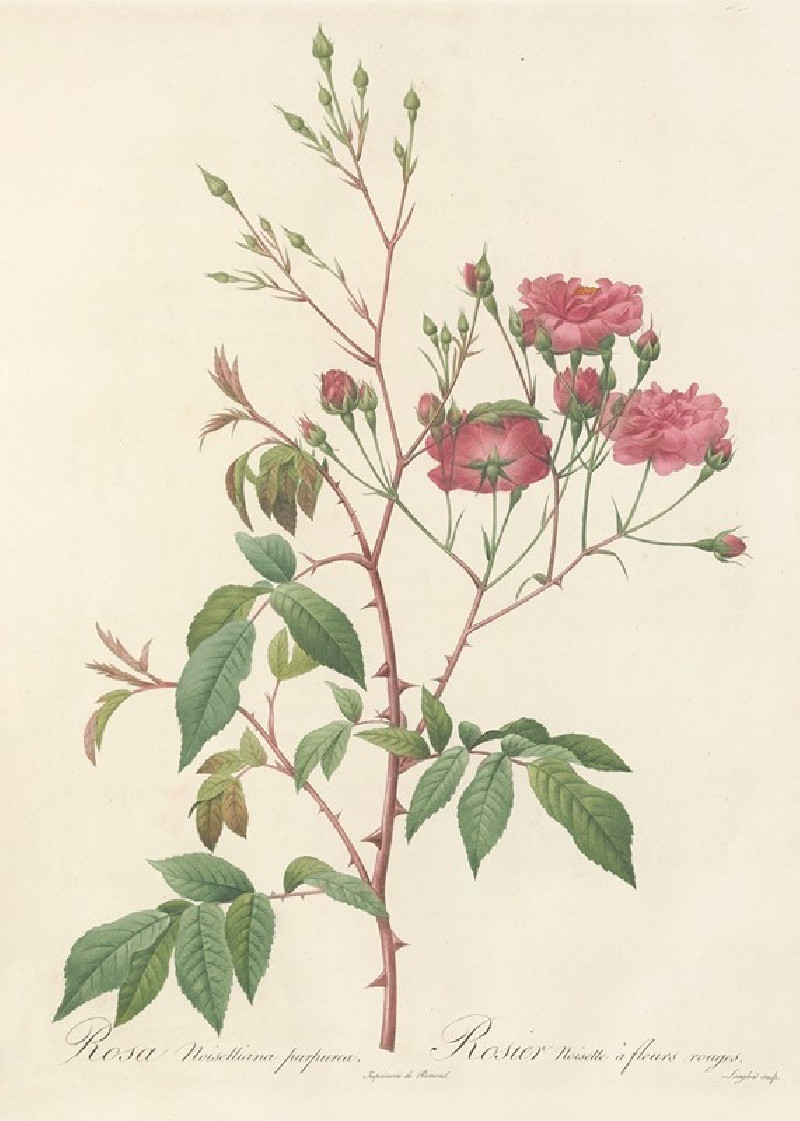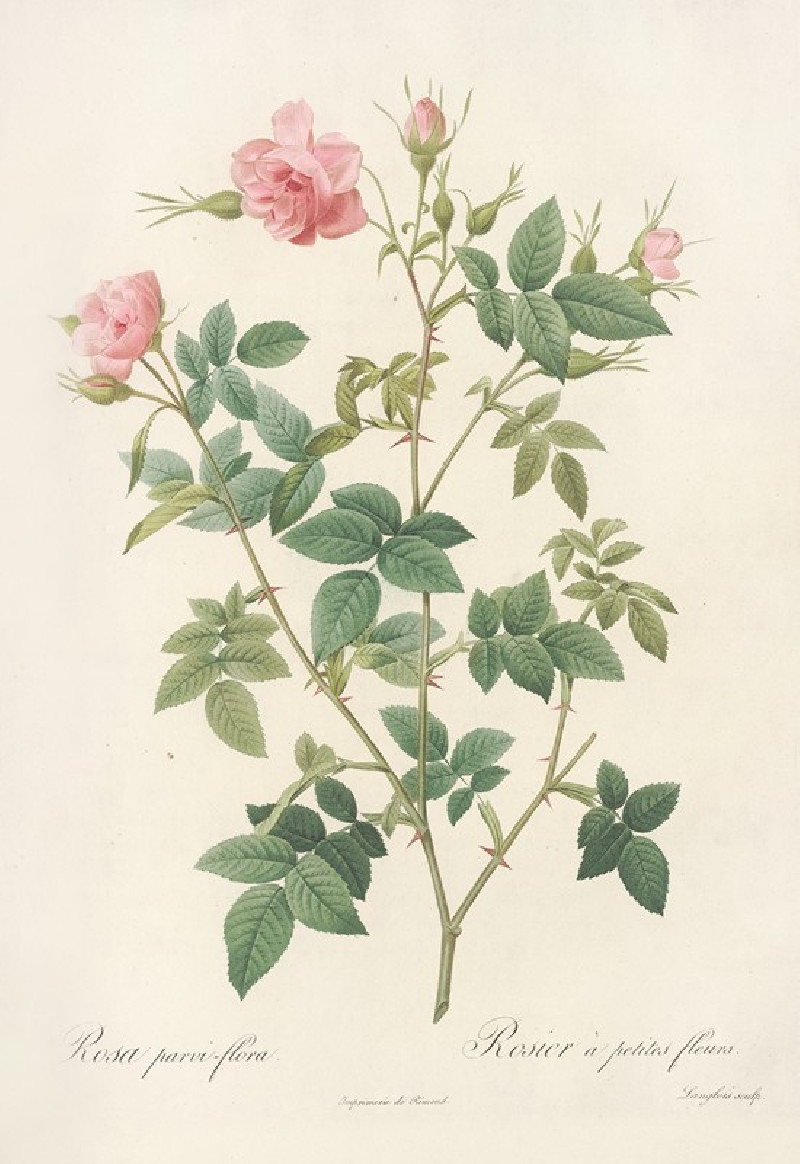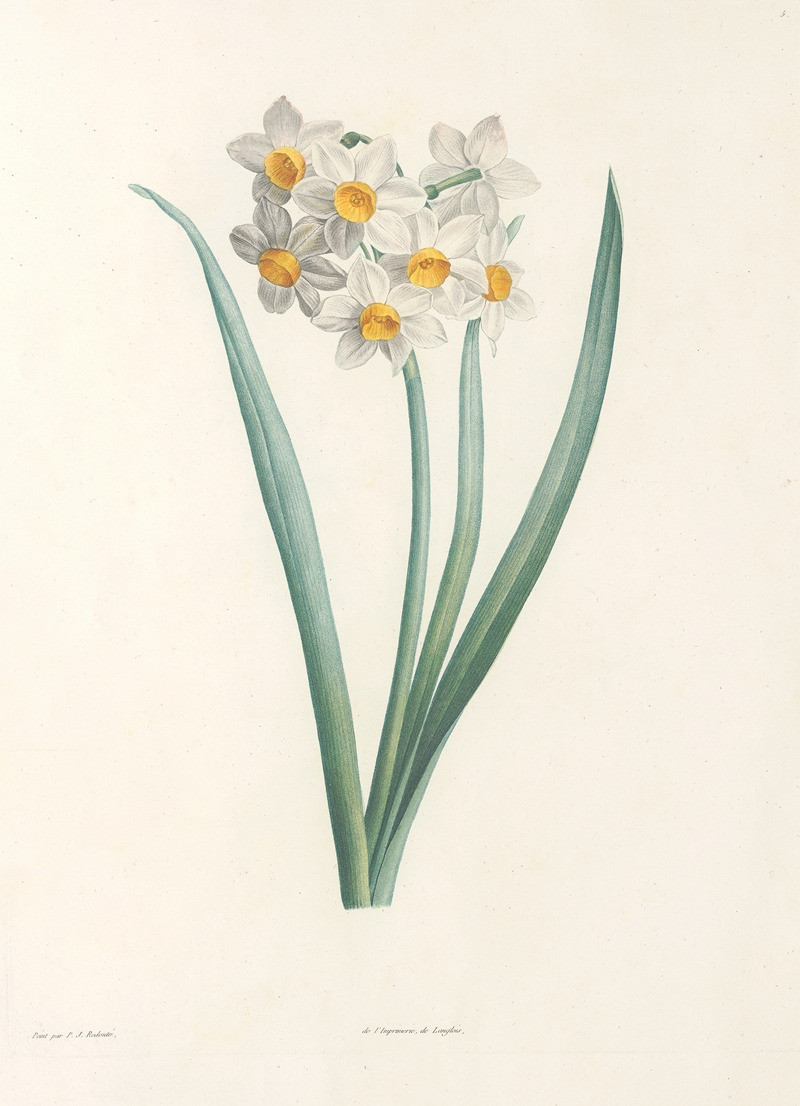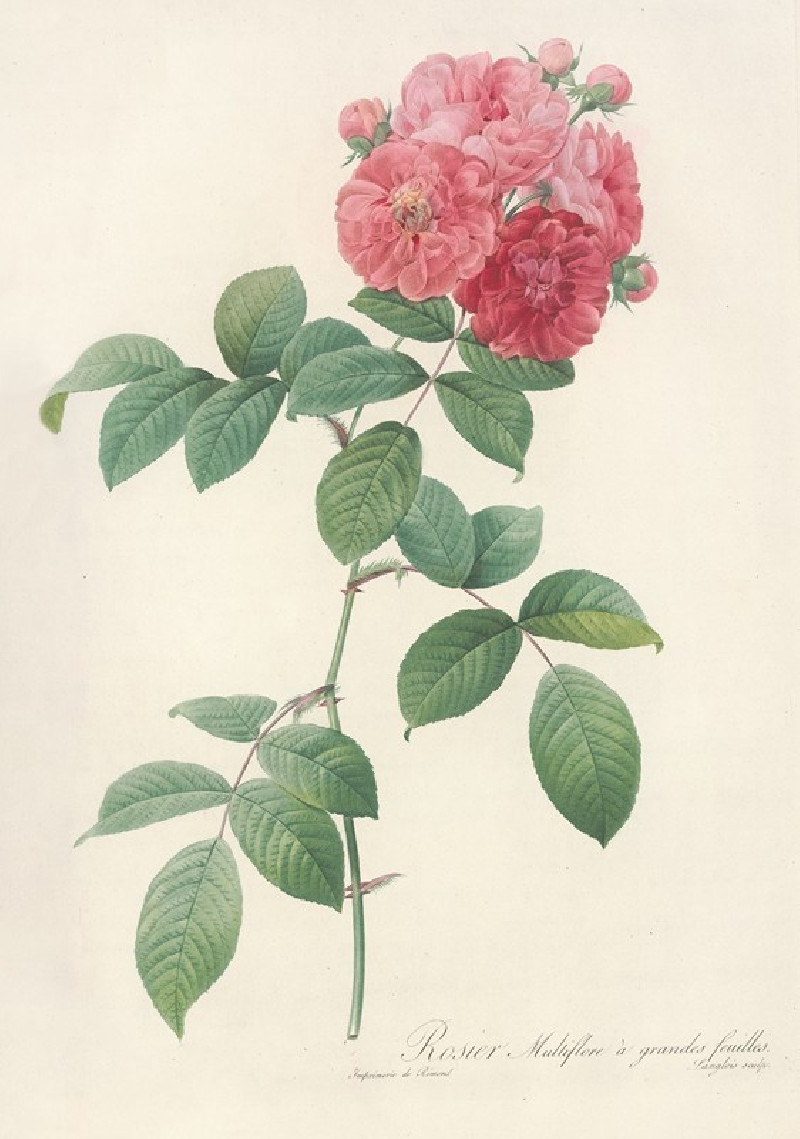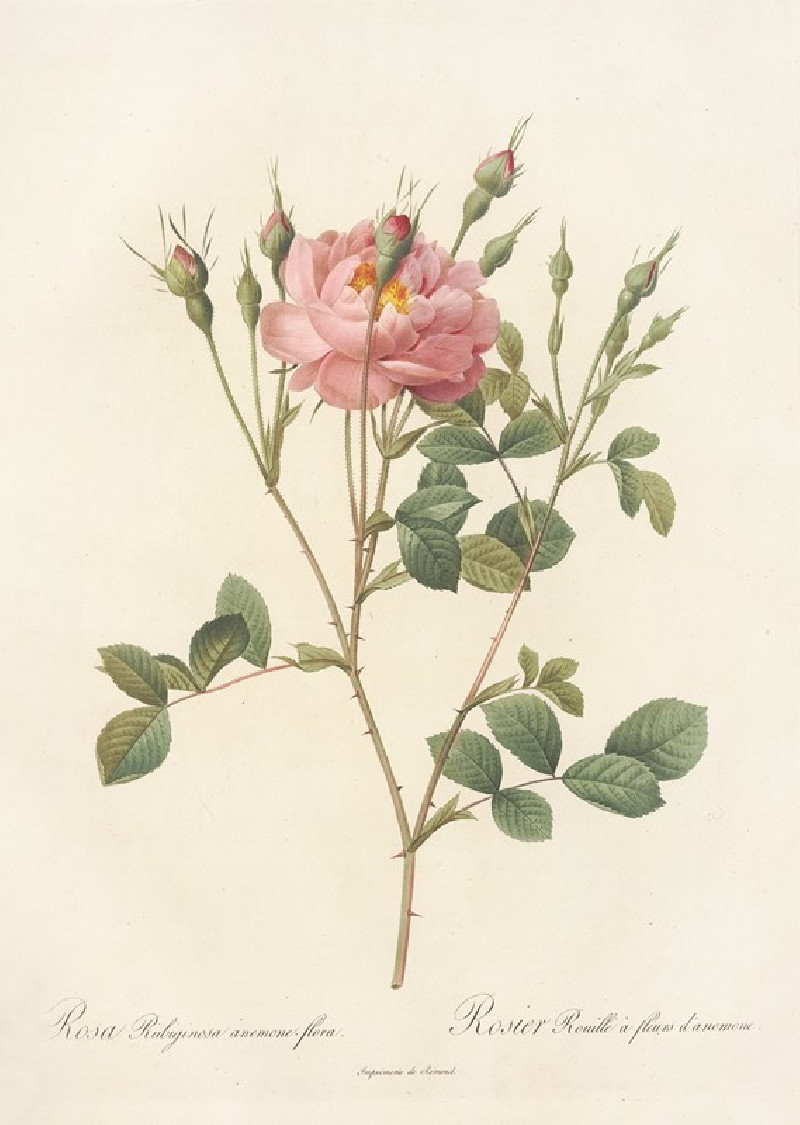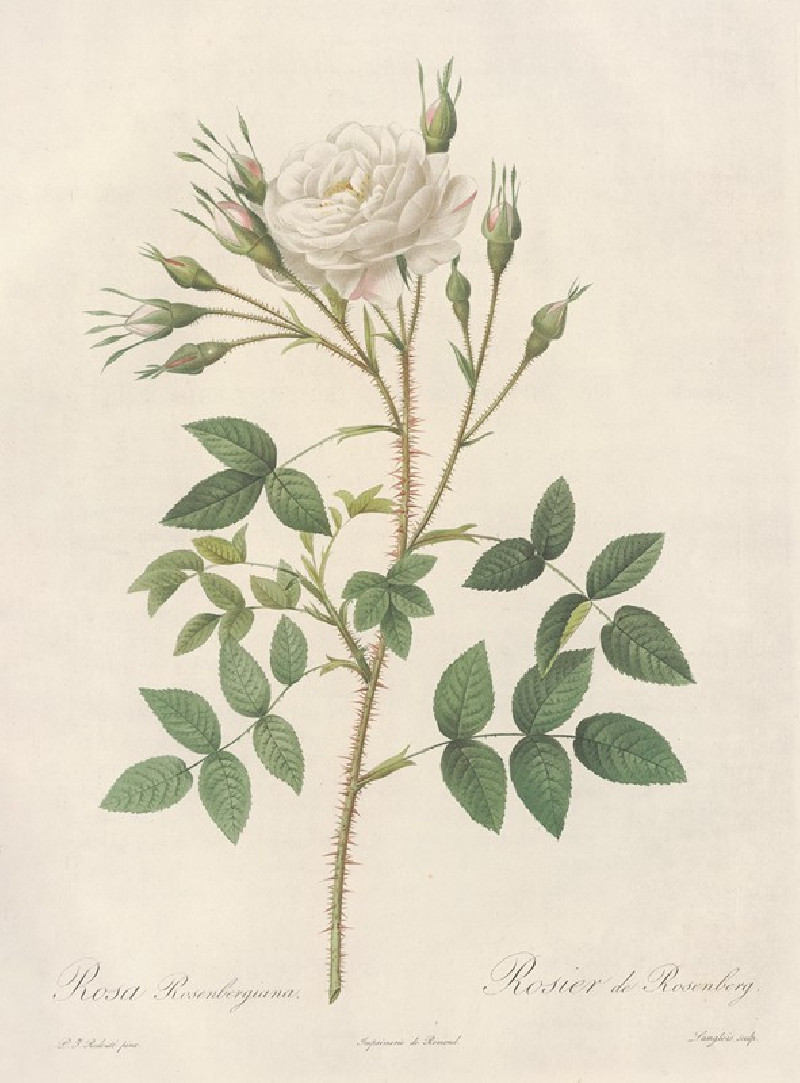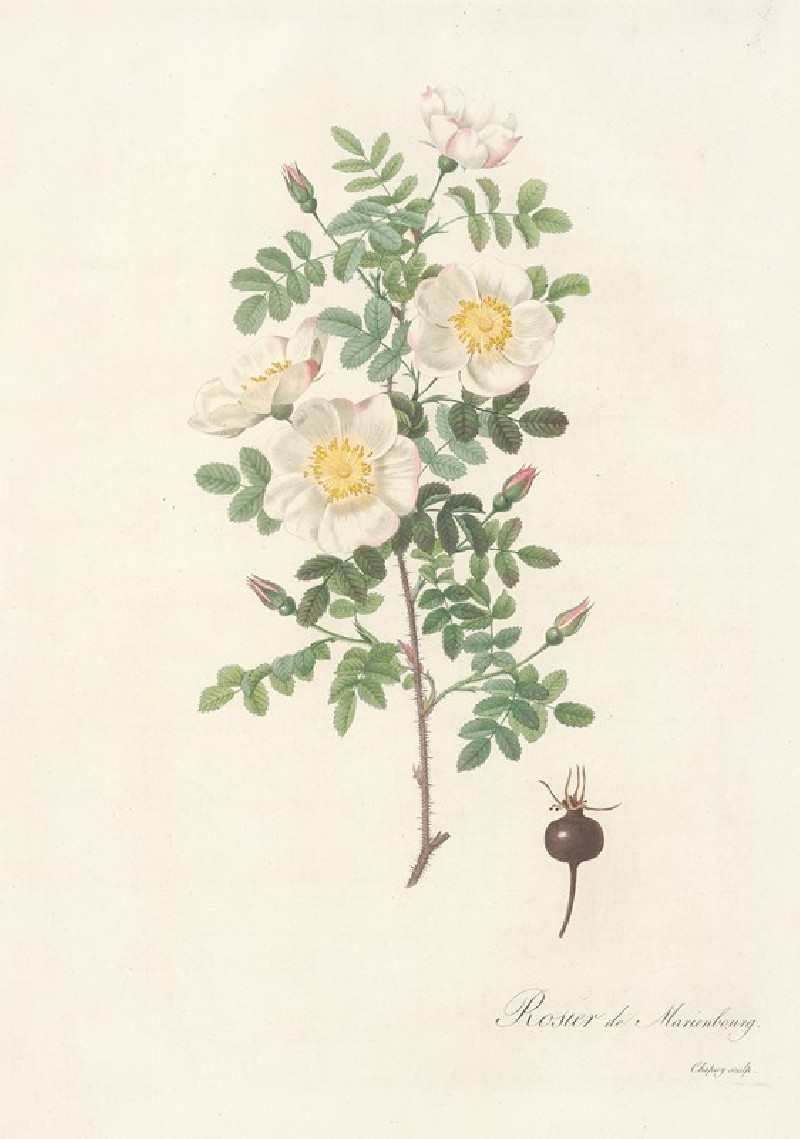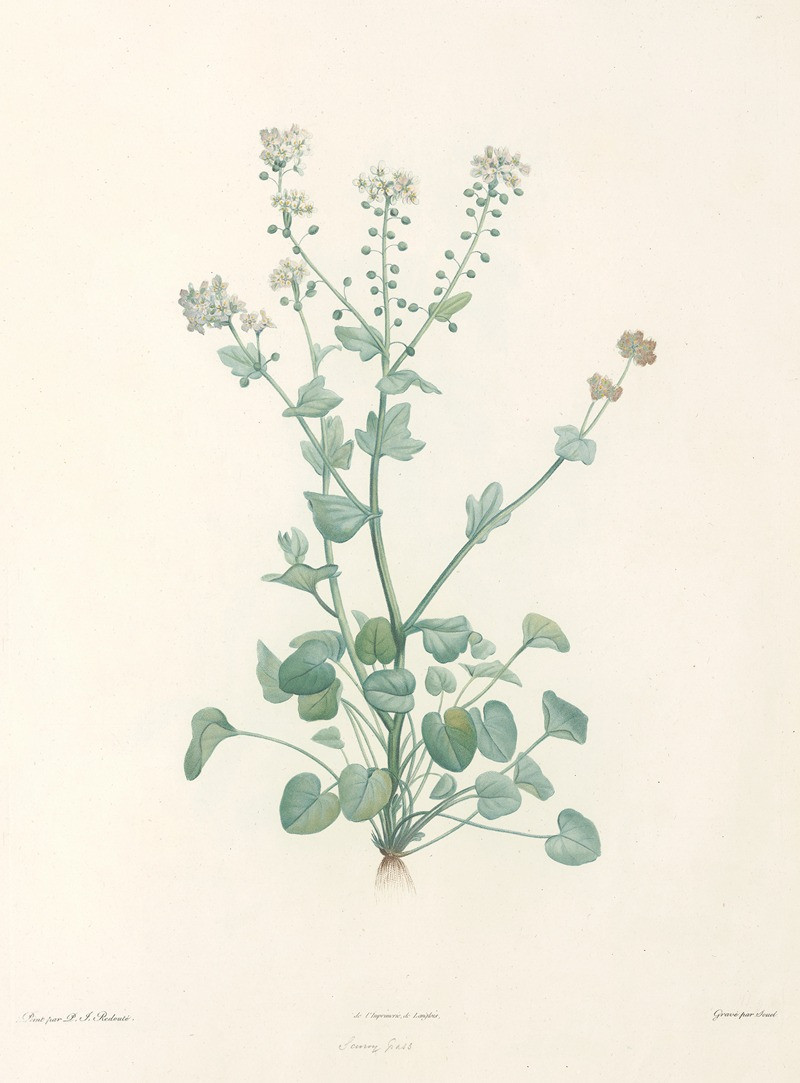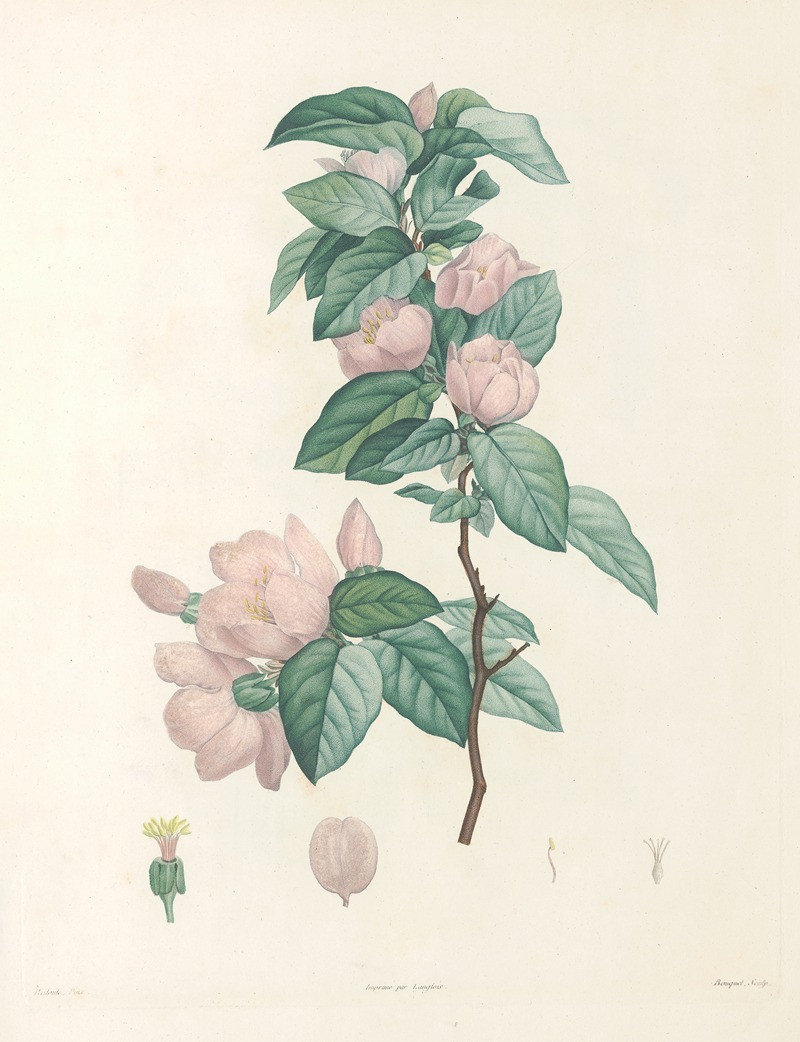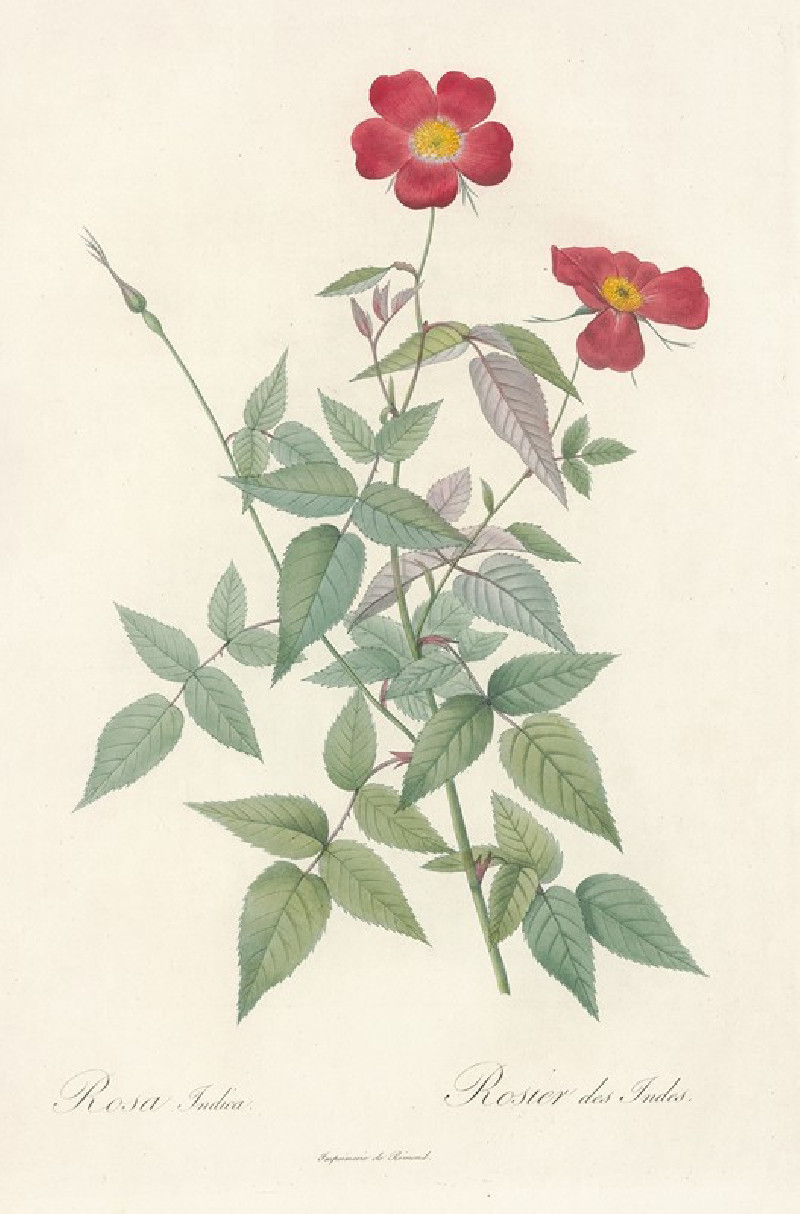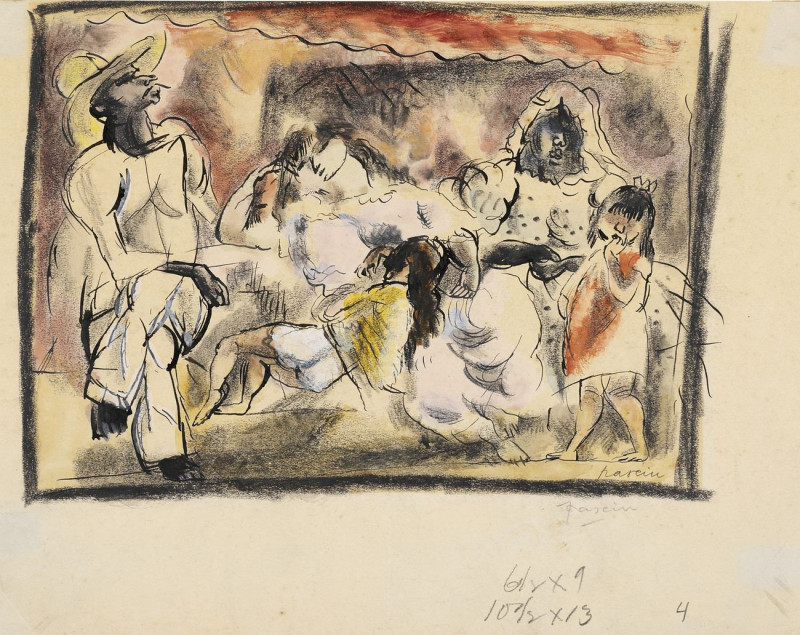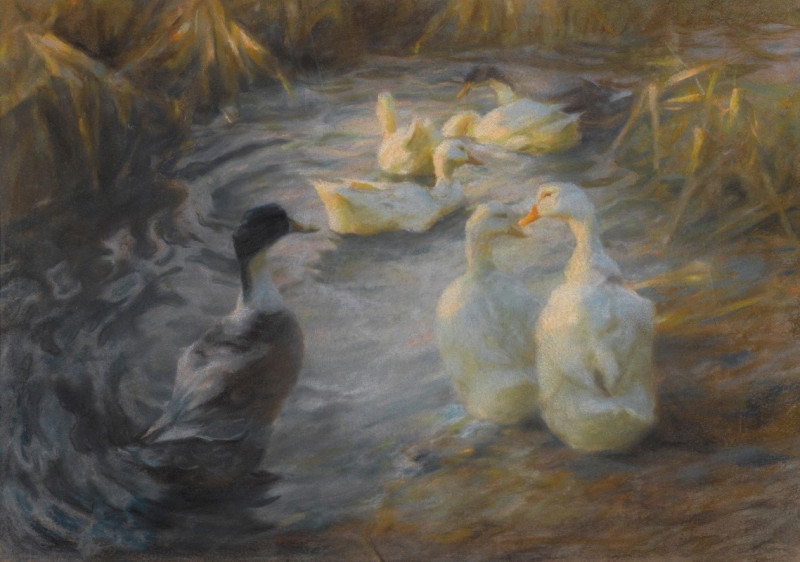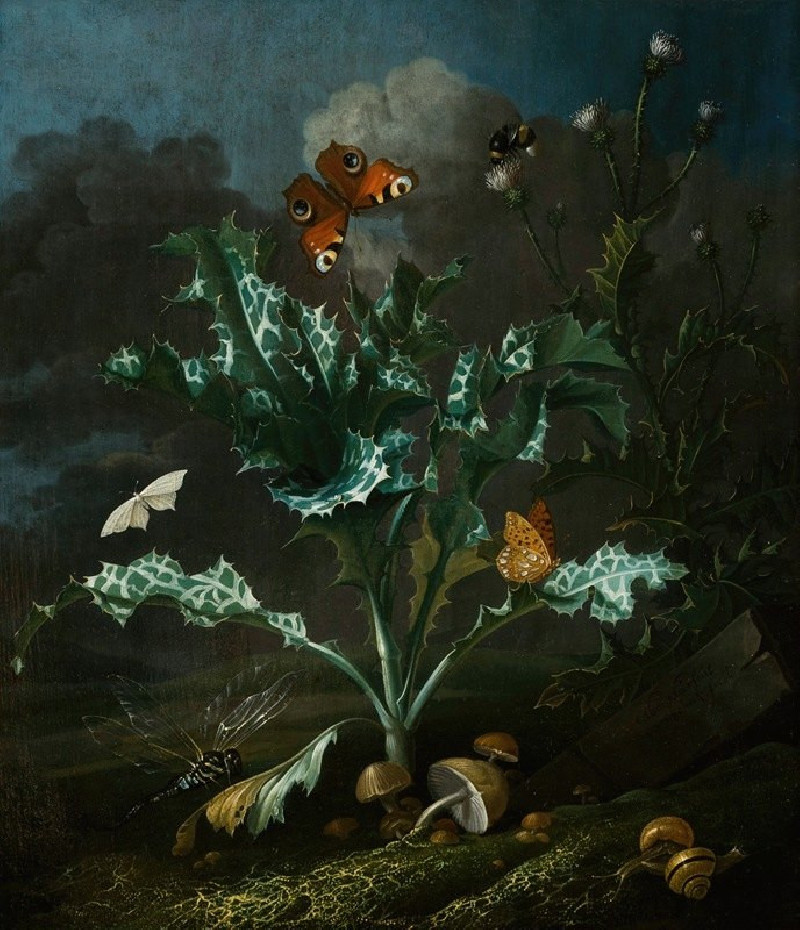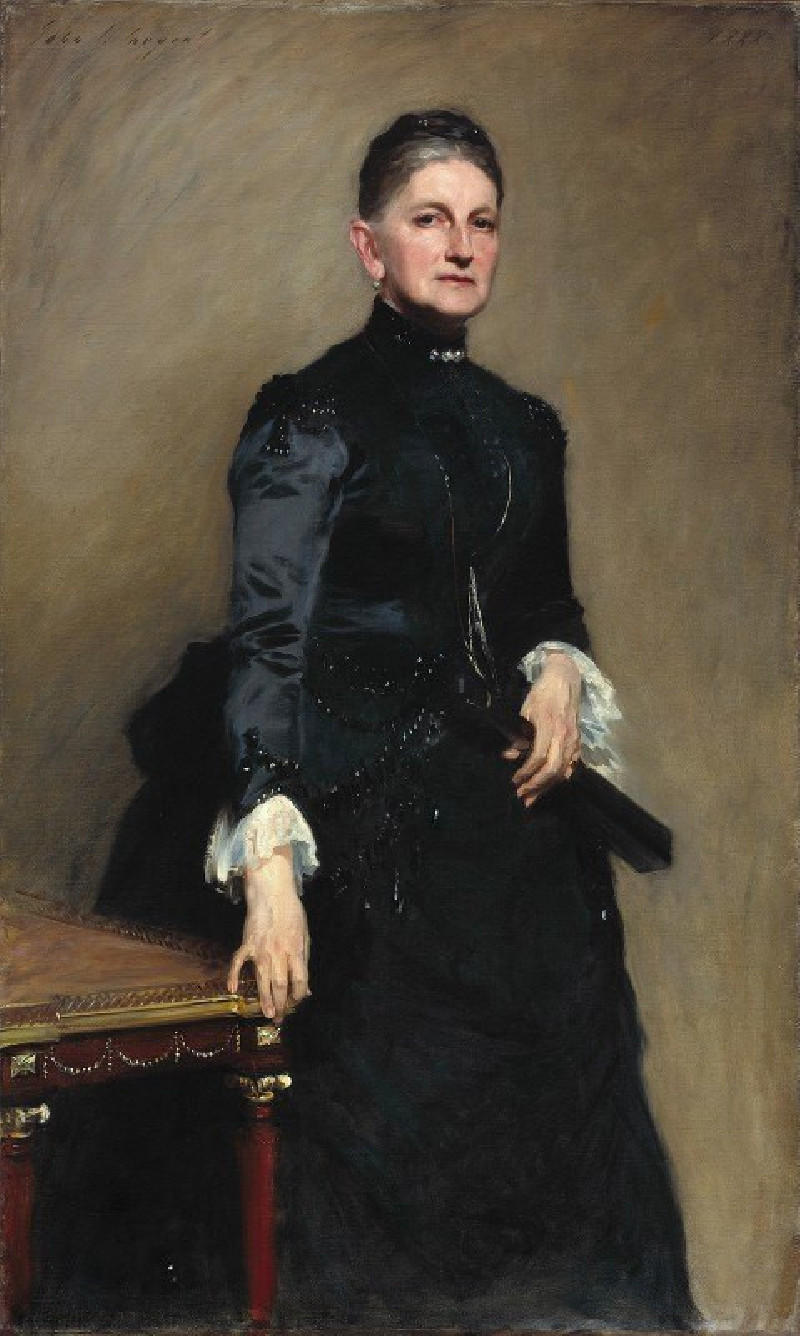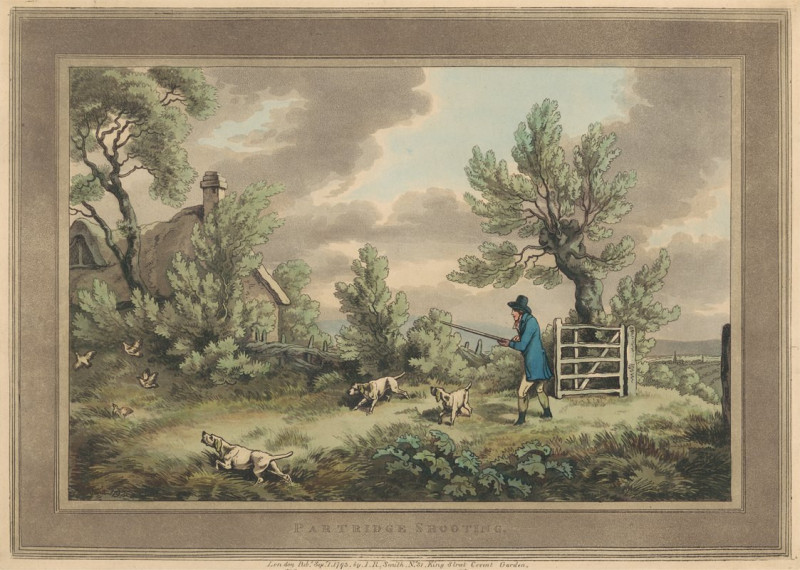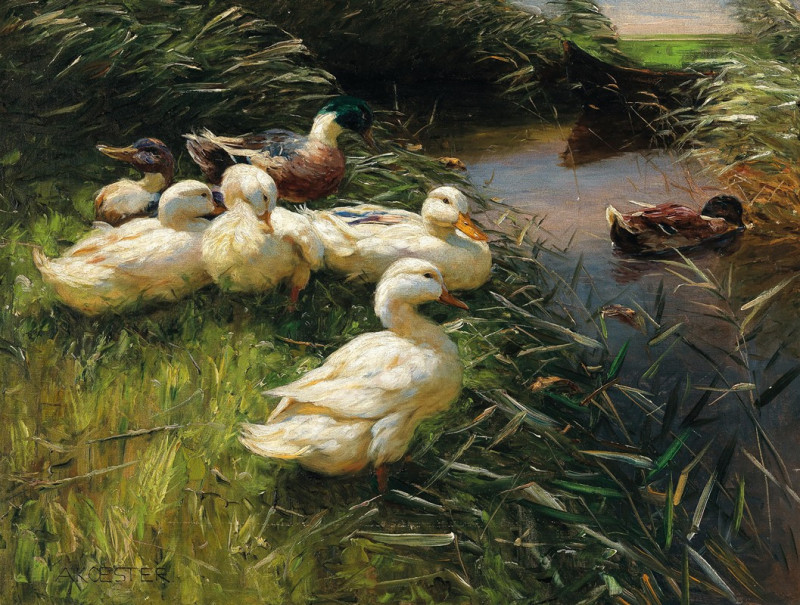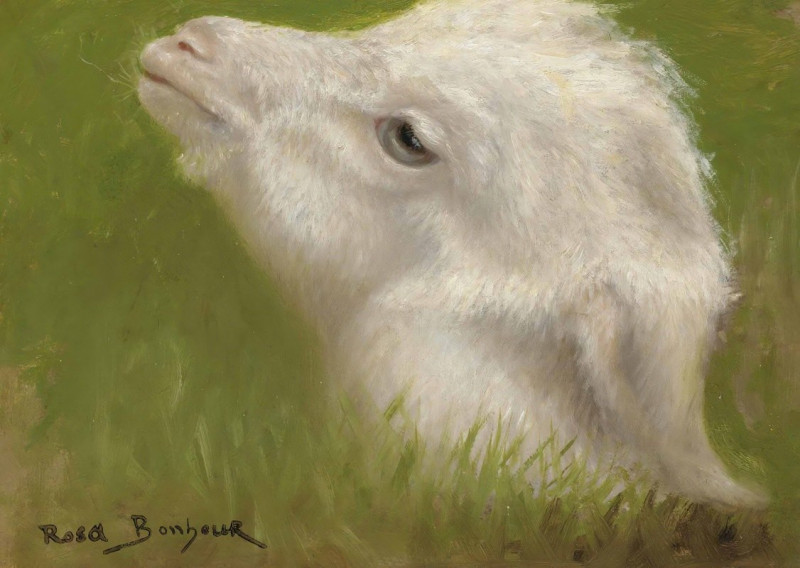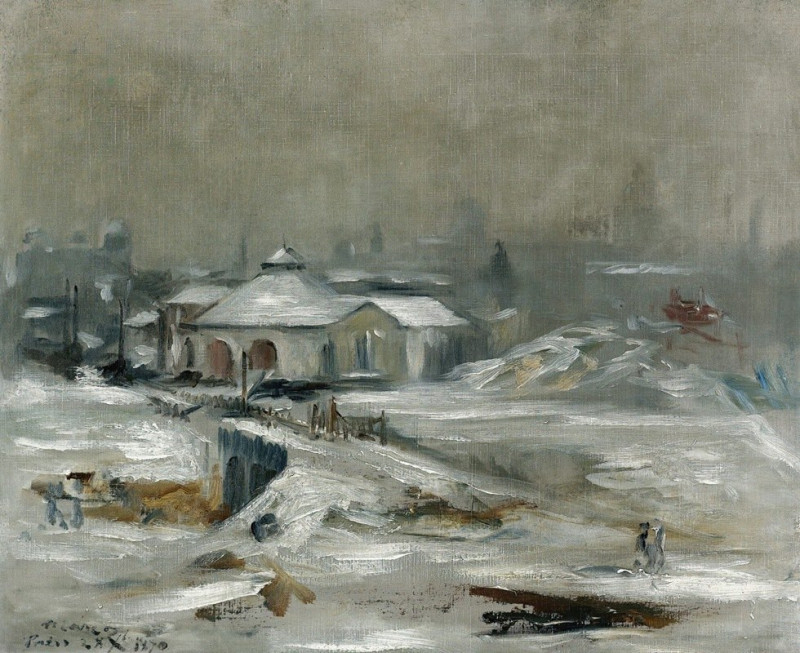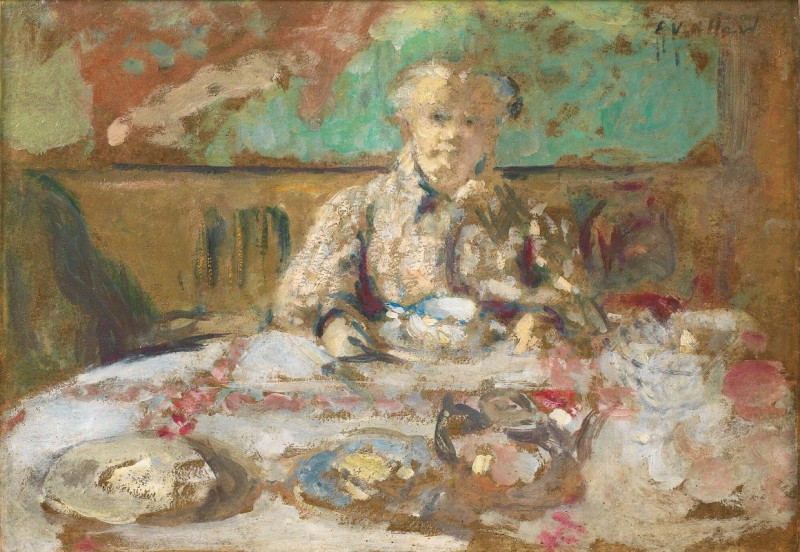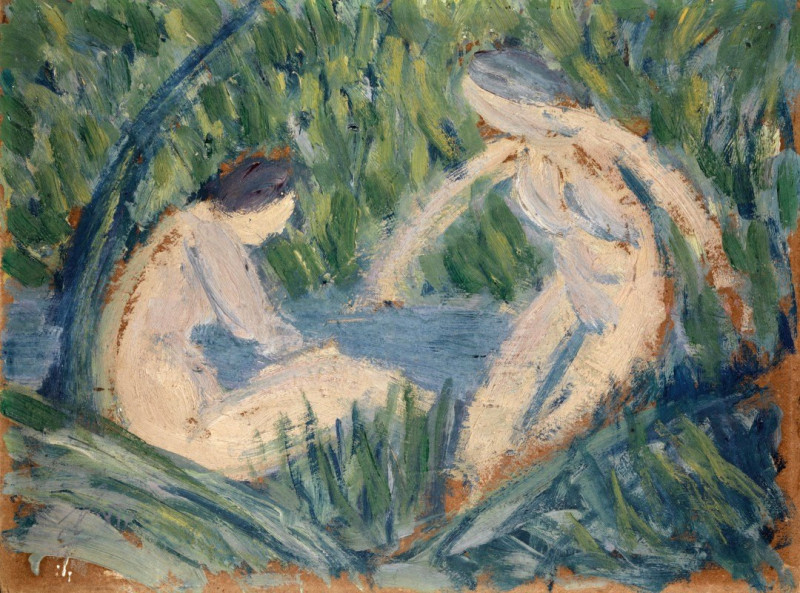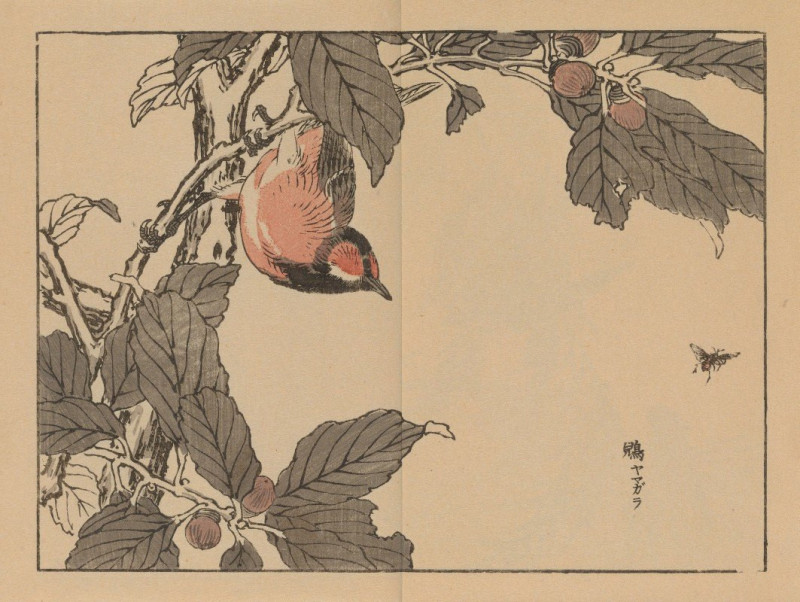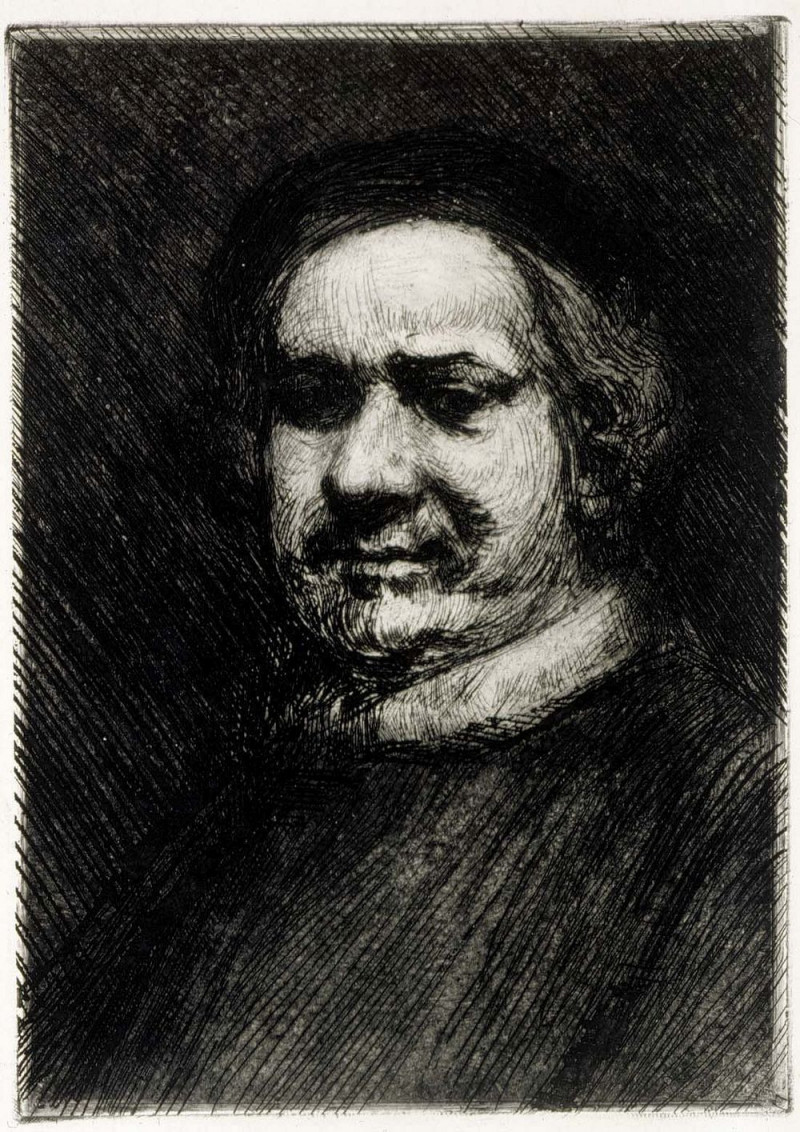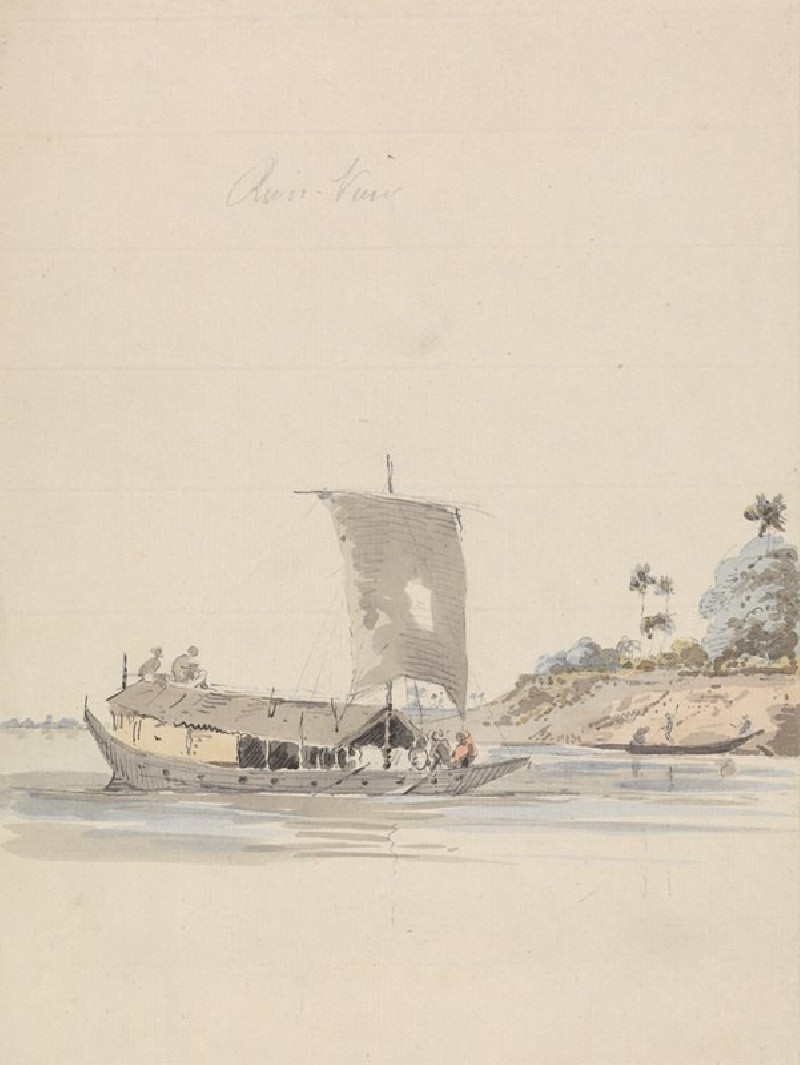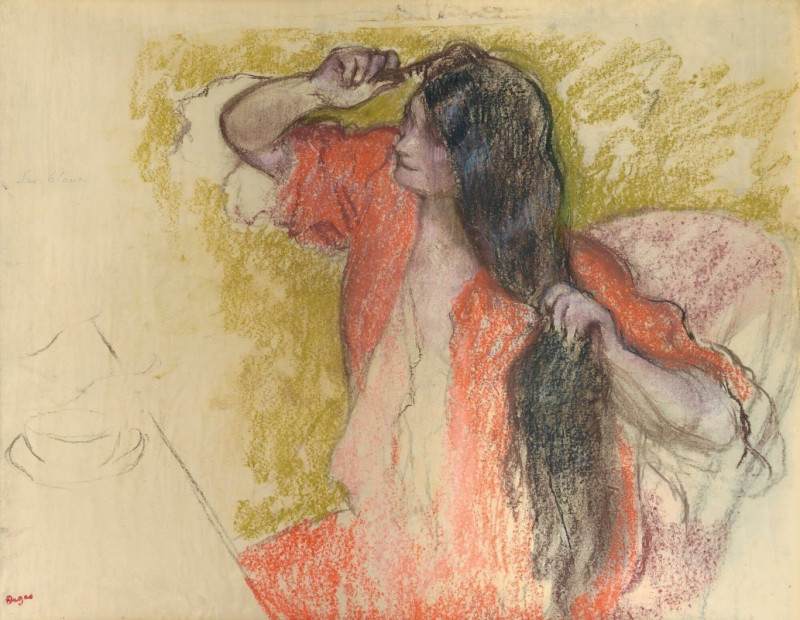Rosa Eglanteria Luteola (1817 - 1824)
Technique: Giclée quality print
Recommended by our customers
More about this artwork
Explore the delicate intricacies of nature through Pierre Joseph Redouté's exquisite botanical artwork "Rosa Eglanteria Luteola," crafted between 1817 and 1824. This painting, a testament to Redouté's mastery in capturing the essence of flora, portrays the charming Rosa Eglanteria, also known as the sweet briar rose.The artwork features a spray of this native European rose, distinguished by its lovely pale yellow blooms and rich green, pinnate leaves. Each flower is meticulously rendered, showing a full bloom surrounded by buds in various stages of development, from tightly closed to just about to unfold. The stems, detailed with fine thorns, underscore the natural realism that Redouté brings to his botanical subjects.Redouté's use of subtle shadowing and light plays across the petals and leaves, giving the composition a lively, three-dimensional effect. This piece not only reflects the beauty and diversity of the rose species but also serves as a historical record of botanical illustration during a time when such paintings were vital to the study and classification of plants.
Delivery
Returns
Pierre-Joseph Redouté, was a painter and botanist from Belgium, known for his watercolours of roses, lilies and other flowers at Malmaison, many of which were published as large, color stipple engravings. He was nicknamed "the Raphael of flowers" and has been called the greatest botanical illustrator of all time.

